Facts about black holes that defy reality
Trending Now
Black holes are the enigmatic entities of the universe, captivating scientists and stargazers alike. These cosmic phenomena are regions in space where gravity is so intense that nothing, not even light, can escape.
They’re formed from the remnants of massive stars, leaving behind a gravitational pull that bends light and warps time. Despite their ominous reputation, black holes play a crucial role in the cosmos, influencing the formation of galaxies and the evolution of the universe.
The Birth of a Black Hole: Stellar Collapse
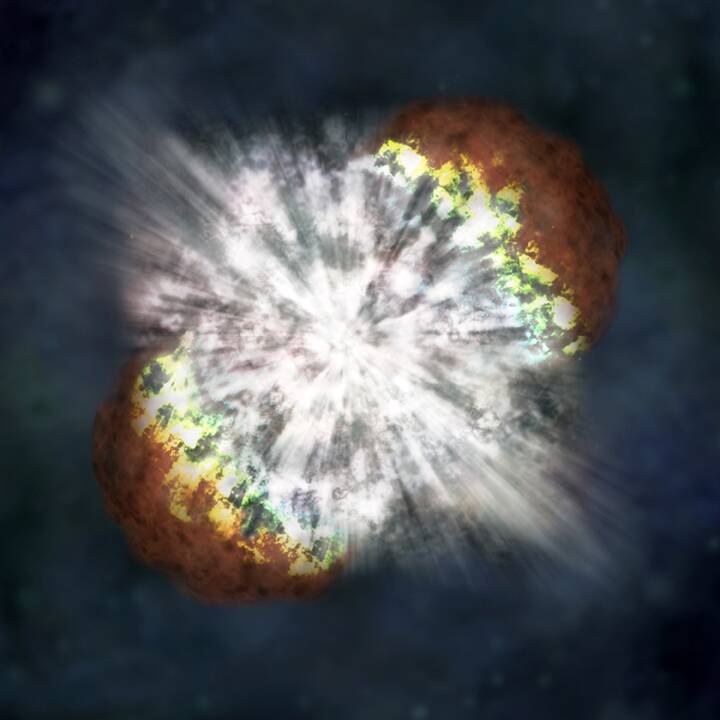
When a star exhausts its nuclear fuel, it undergoes a dramatic collapse under its own gravity, potentially resulting in a black hole. This process occurs when the star’s core is at least three times the mass of the Sun, leading to a supernova explosion.
The remaining core is compressed into an infinitesimal point known as a singularity, surrounded by an event horizon. While massive stars are most likely to end this way, not all stars become black holes; smaller stars form neutron stars or white dwarfs.
Event Horizon: The Point of No Return
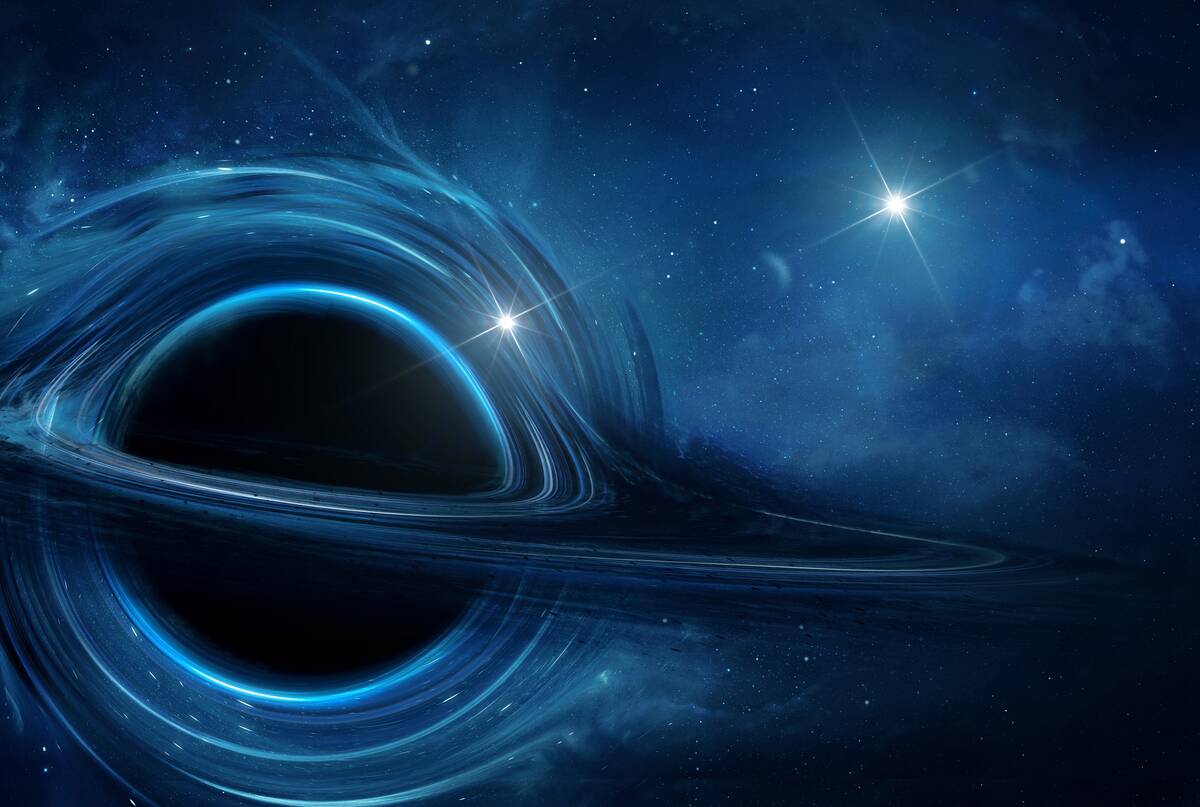
The event horizon is the boundary around a black hole beyond which nothing can escape. It’s often described as the ‘point of no return,’ where the gravitational pull becomes inescapable. Once an object crosses this threshold, it is doomed to be pulled into the singularity at the core.
Interestingly, the size of the event horizon is proportional to the mass of the black hole; larger black holes have larger event horizons. This region marks the limit of the observable universe’s influence on the black hole.
Singularity: The Heart of Darkness
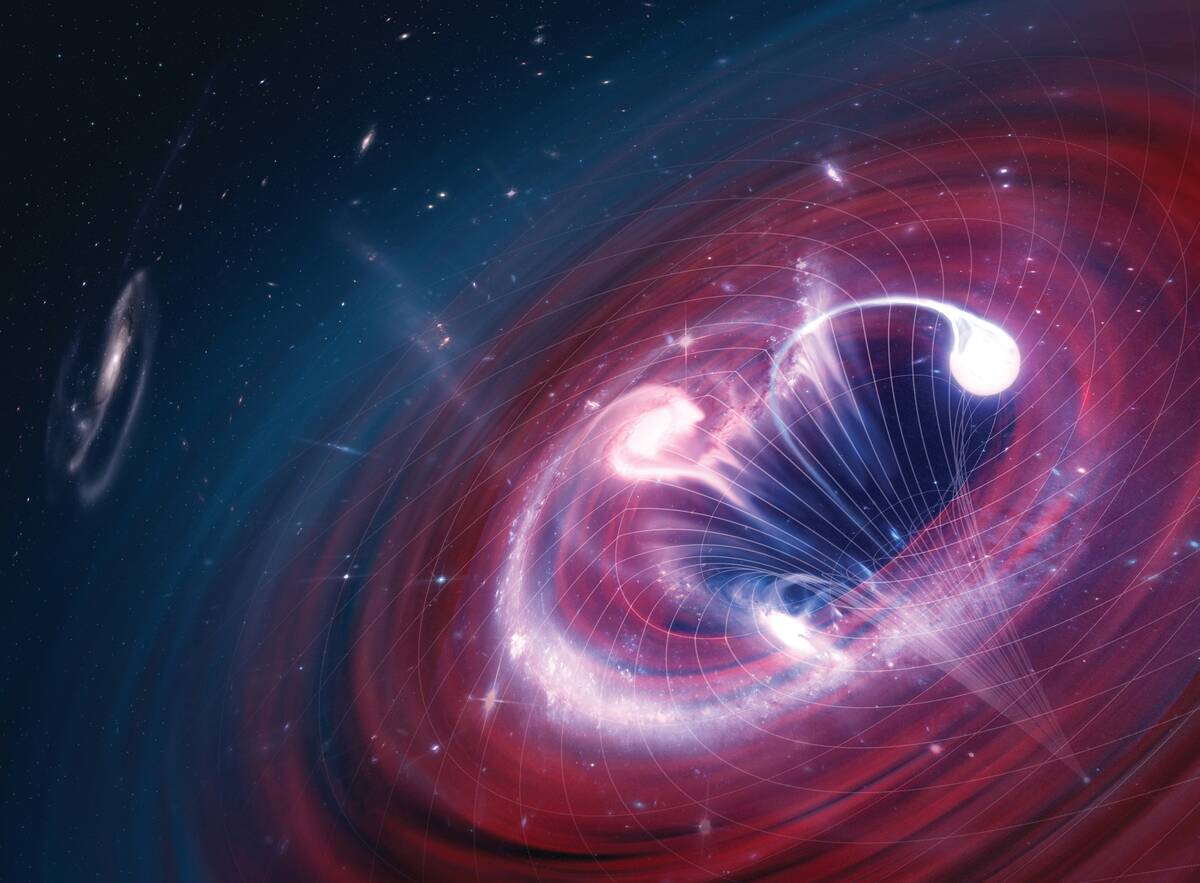
At the center of a black hole lies the singularity, a point where matter is infinitely dense, and the laws of physics as we know them break down. It’s a place where gravity is so strong that it crushes matter to an infinitely small point.
Scientists are still trying to understand the true nature of singularities, as they challenge the theories of relativity and quantum mechanics. This mysterious core is shielded by the event horizon, making it impossible to observe directly.
Supermassive Black Holes: Giants of the Universe
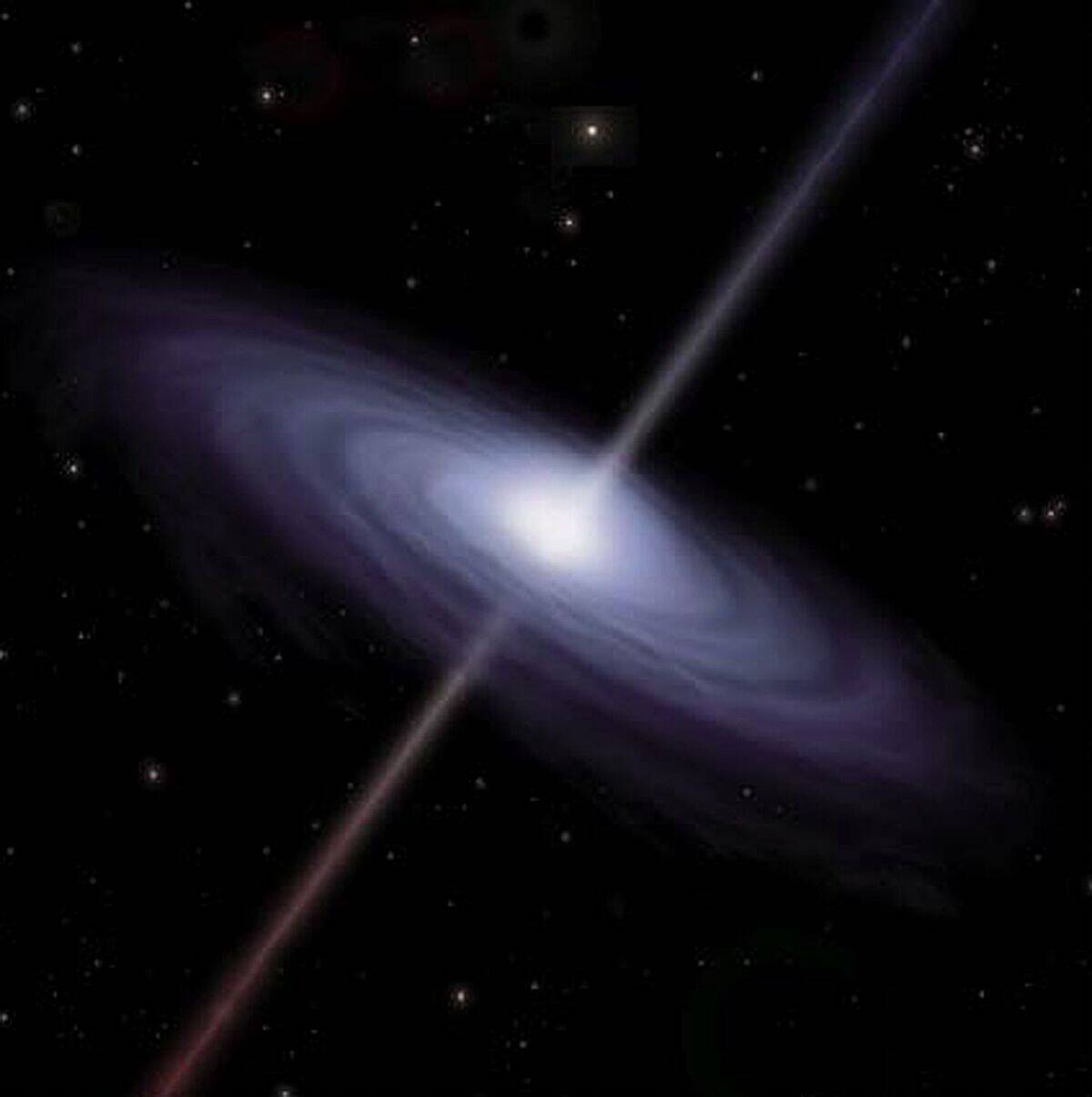
Supermassive black holes are behemoths, residing at the centers of most galaxies, including our Milky Way. These colossal entities can have masses millions or even billions of times that of the Sun.
Their formation is still a matter of research, with theories suggesting they grow by merging with other black holes or by accreting vast amounts of matter. Despite their size, they are surprisingly quiet, often lurking in the shadows of their host galaxies, influencing their structure and dynamics.
Spaghettification: When Gravity Gets Stretchy

Spaghettification is the whimsical term used to describe the extreme stretching of objects as they approach a black hole. This occurs because the gravitational force on the object’s nearest side is much stronger than on the farthest side, stretching it into a long, thin shape, reminiscent of spaghetti.
This tidal force can tear apart stars and other celestial bodies that venture too close. Though it sounds like science fiction, spaghettification is a real phenomenon predicted by the laws of physics.
Time Dilation: Slowing Down Time Near a Black Hole
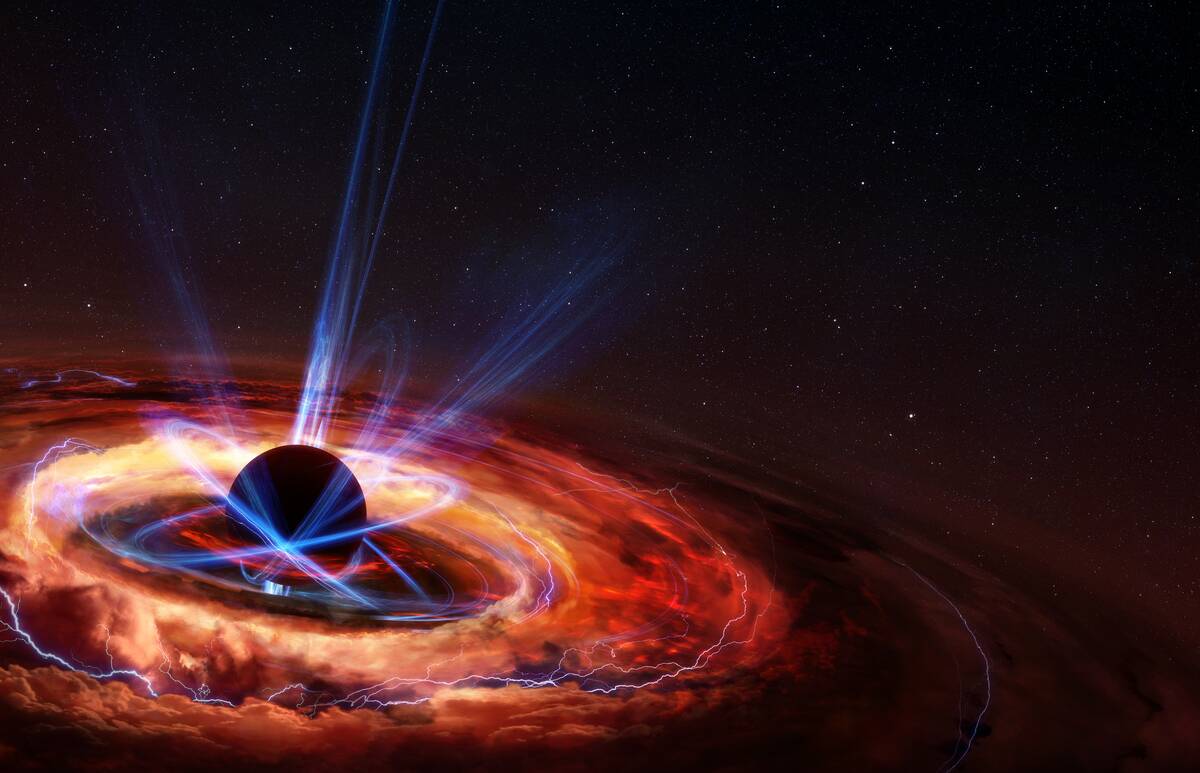
Time dilation near a black hole is a fascinating consequence of Einstein’s theory of relativity. As an object approaches a black hole, time for that object slows down relative to an observer far away. This means that if you were to watch a clock falling into a black hole, it would appear to tick slower and slower.
In theory, if you could survive the journey, you might witness the future of the universe in fast forward. However, this remains a theoretical concept as no clock has yet made the trip.
Black Holes and Hawking Radiation: The Great Escape
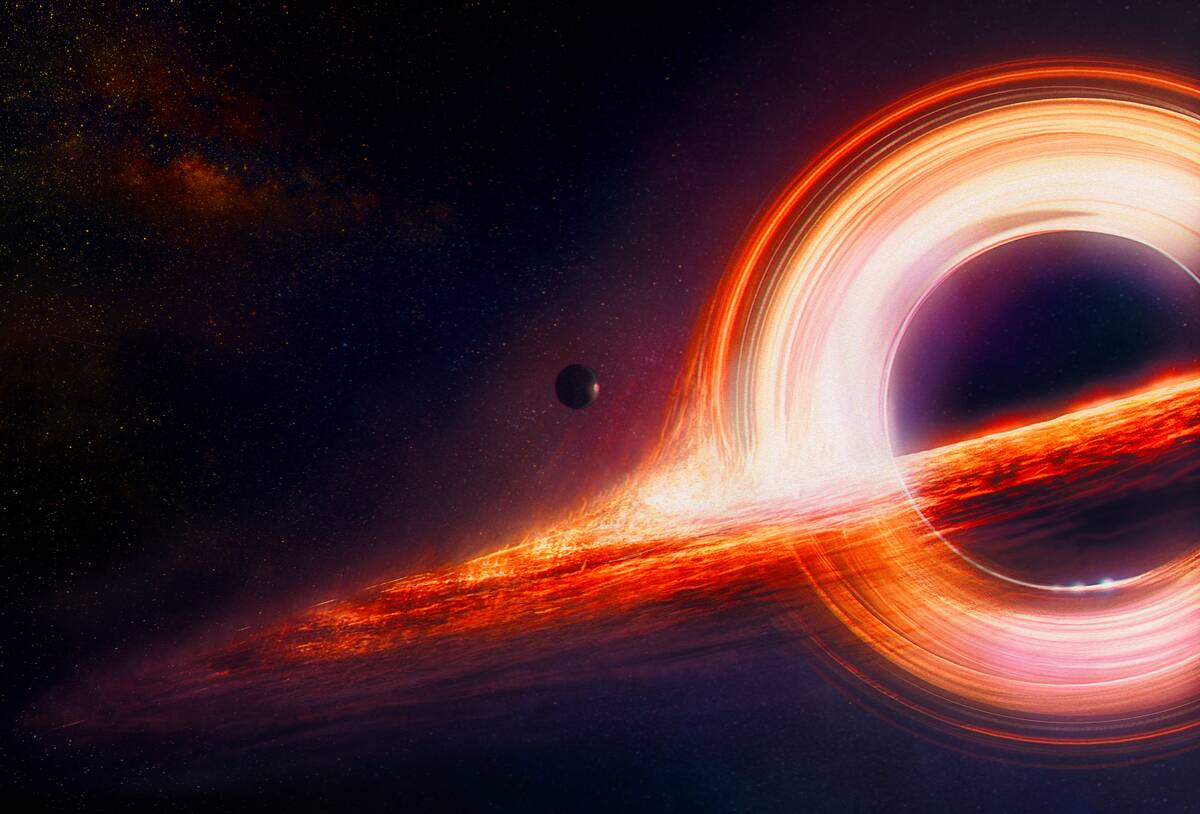
Hawking radiation is a theoretical prediction that black holes can emit radiation, named after physicist Stephen Hawking. This radiation arises from quantum effects near the event horizon, where particle-antiparticle pairs form. Occasionally, one particle falls into the black hole while the other escapes, causing the black hole to lose a tiny amount of mass over time. Though this process is incredibly slow for large black holes, it suggests that black holes could eventually evaporate completely, challenging the notion of their inescapable nature.
Black Holes Can Merge: Cosmic Collisions
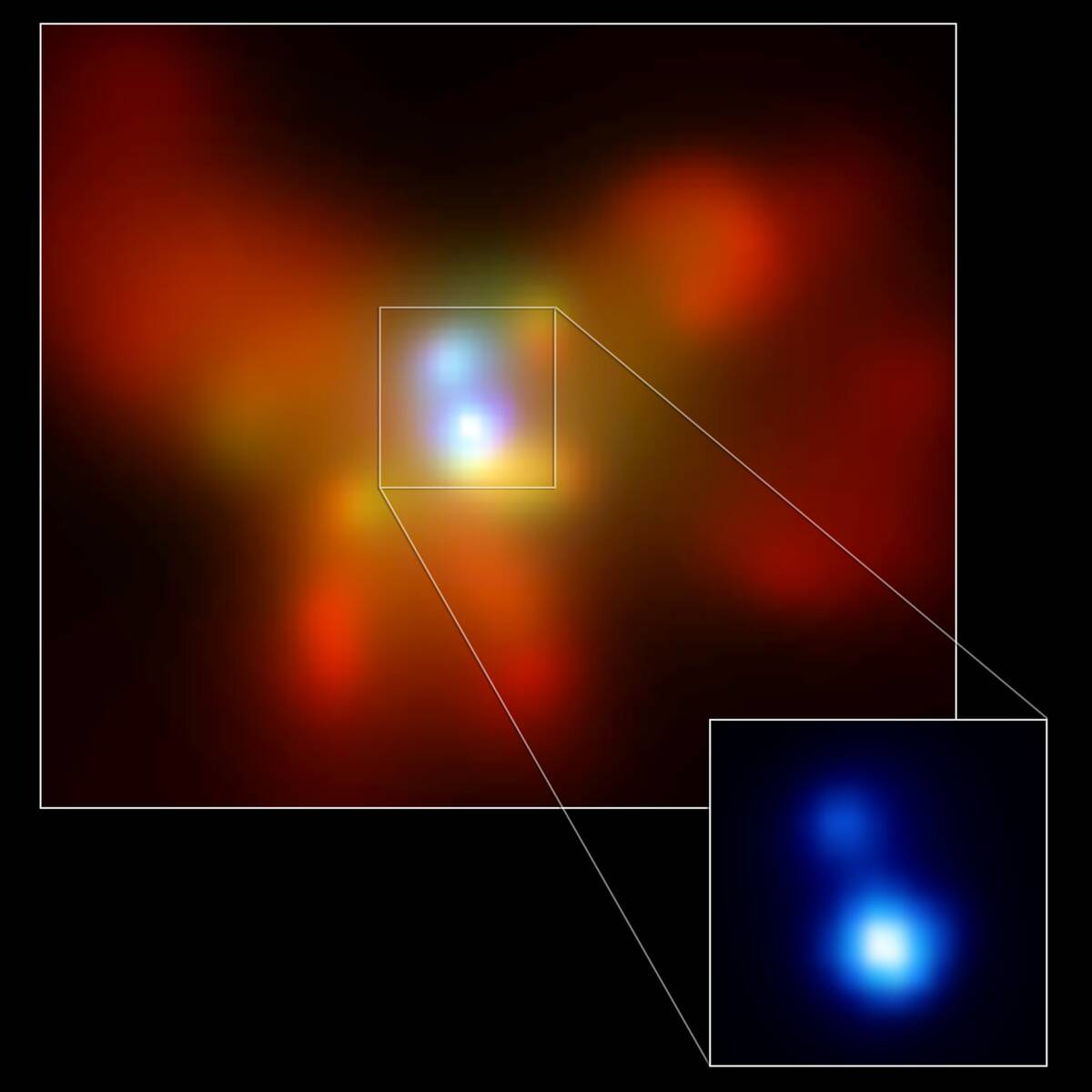
Black holes are not solitary wanderers; they can collide and merge, creating even more massive black holes. These cosmic collisions release enormous amounts of energy in the form of gravitational waves, ripples in the fabric of spacetime first predicted by Einstein.
In 2015, the LIGO observatory made history by detecting these waves, confirming the merger of two black holes. Such events are crucial for understanding the dynamics of black holes and the role they play in shaping the universe.
White Holes: Theoretical Opposites
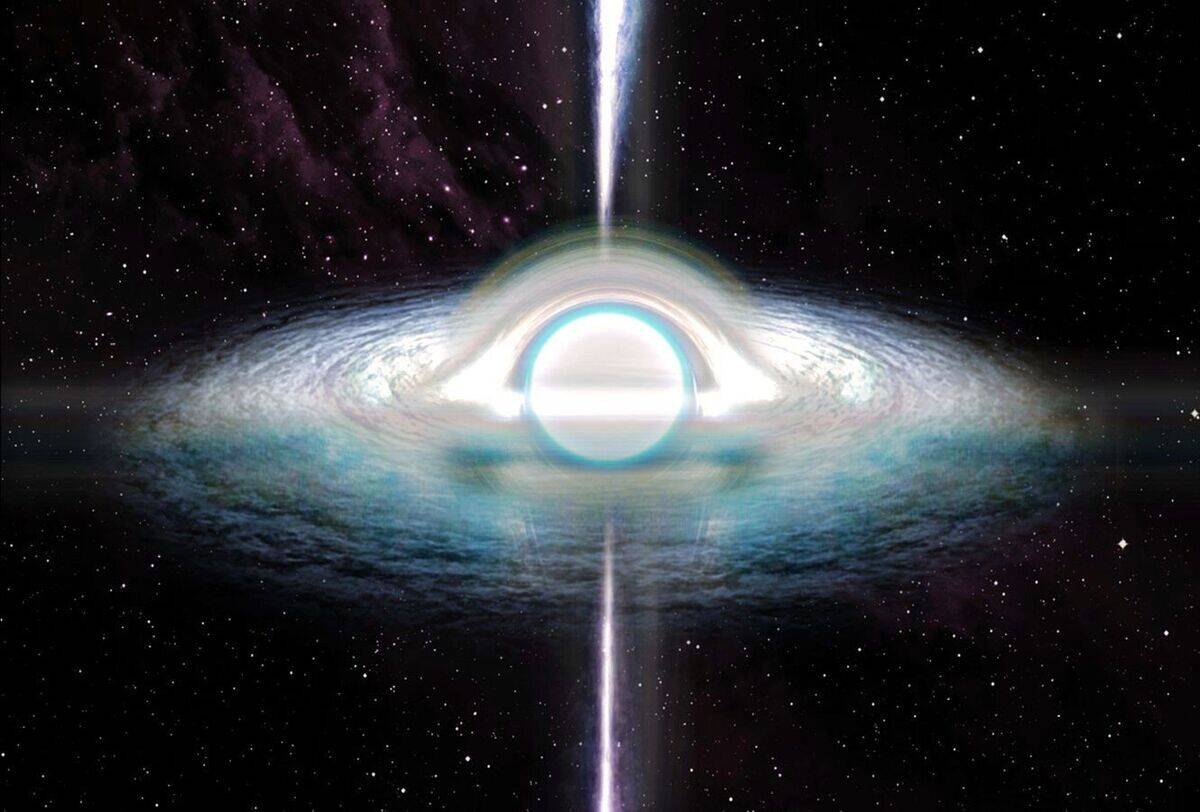
White holes are the theoretical opposites of black holes, where nothing can enter, only exit. They are solutions to the equations of general relativity, appearing as time-reversed black holes. While intriguing, there is currently no observational evidence for their existence.
Some theories suggest that white holes could be connected to black holes via wormholes, potentially allowing matter and information to travel between universes. However, these ideas remain speculative and are a topic of ongoing research in theoretical physics.
Wormholes: Science Fiction or Science Fact?

Wormholes are hypothetical passages through spacetime that could create shortcuts between distant regions of the universe. Often depicted in science fiction, they stem from solutions to Einstein’s equations of general relativity. While theoretically possible, no evidence of wormholes has been found, and their stability is a major concern.
They would require exotic matter with negative energy to remain open, a concept not yet observed. Despite this, wormholes continue to capture the imagination of scientists and storytellers alike.
Naked Singularities: Beyond the Event Horizon
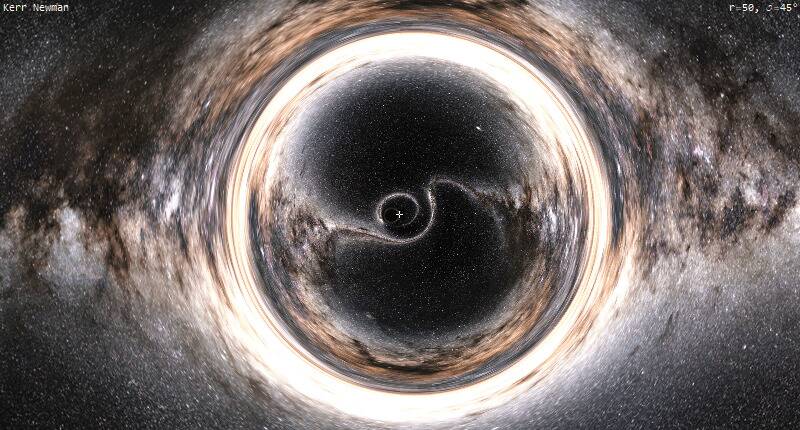
Naked singularities are hypothetical singularities without an event horizon, making them visible to the outside universe. In contrast to black holes, their existence would allow us to observe the singularity directly.
However, the cosmic censorship hypothesis suggests that such singularities cannot exist in nature, as they would expose the unpredictable nature of singularities. Despite this, some solutions in general relativity allow for their possibility, sparking debate and investigation into the true nature of these enigmatic objects.
Black Holes Can Evaporate: The Slow Fade
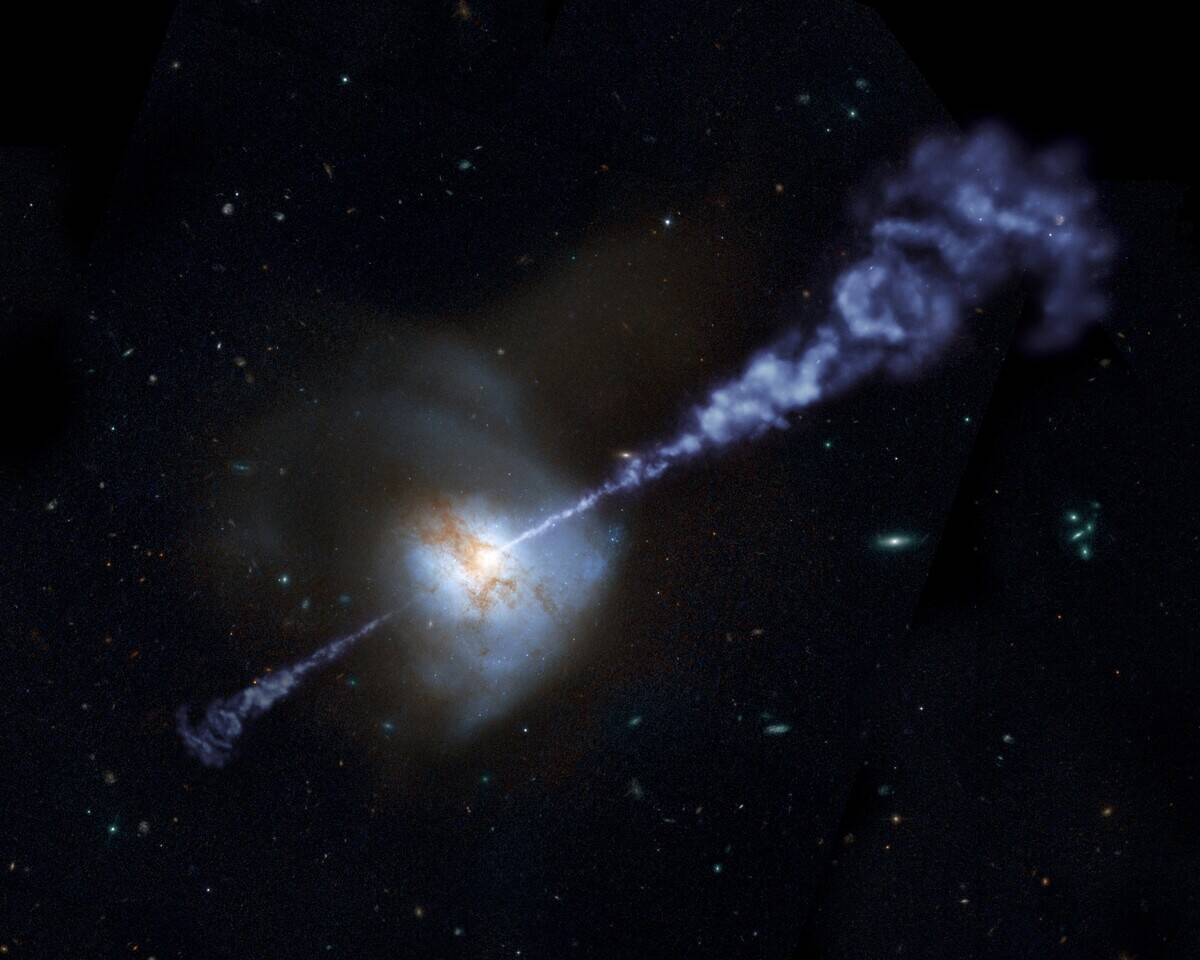
Black holes are not eternal; they can slowly evaporate over time through Hawking radiation. This process means that black holes lose mass and energy, eventually leading to their disappearance.
For massive black holes, this can take longer than the current age of the universe, making it a phenomenon not yet observable. However, for smaller black holes, the evaporation process would be quicker, concluding with a burst of energy. This challenges the idea of black holes as endless cosmic traps.
Black Holes and Galactic Formation: Cosmic Architects
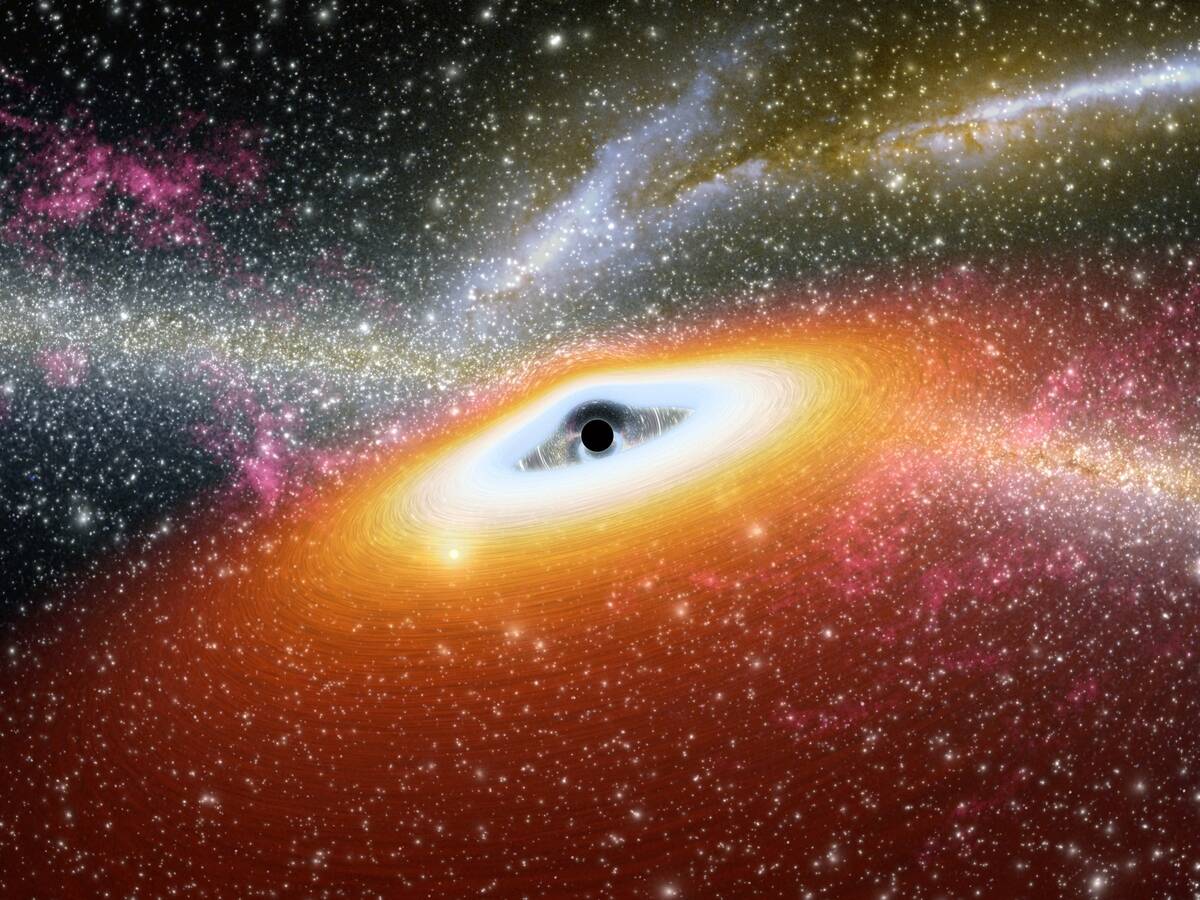
Black holes are not just destructive forces; they play a crucial role in shaping galaxies. Supermassive black holes at the centers of galaxies influence their formation and evolution through their gravitational pull and energetic outflows.
These interactions can regulate star formation, affecting the growth and structure of the galaxy. Observations of distant galaxies suggest that black holes and their host galaxies grow together, hinting at a deep connection between these cosmic giants and the architecture of the universe.
The Sound of a Black Hole: Cosmic Echoes
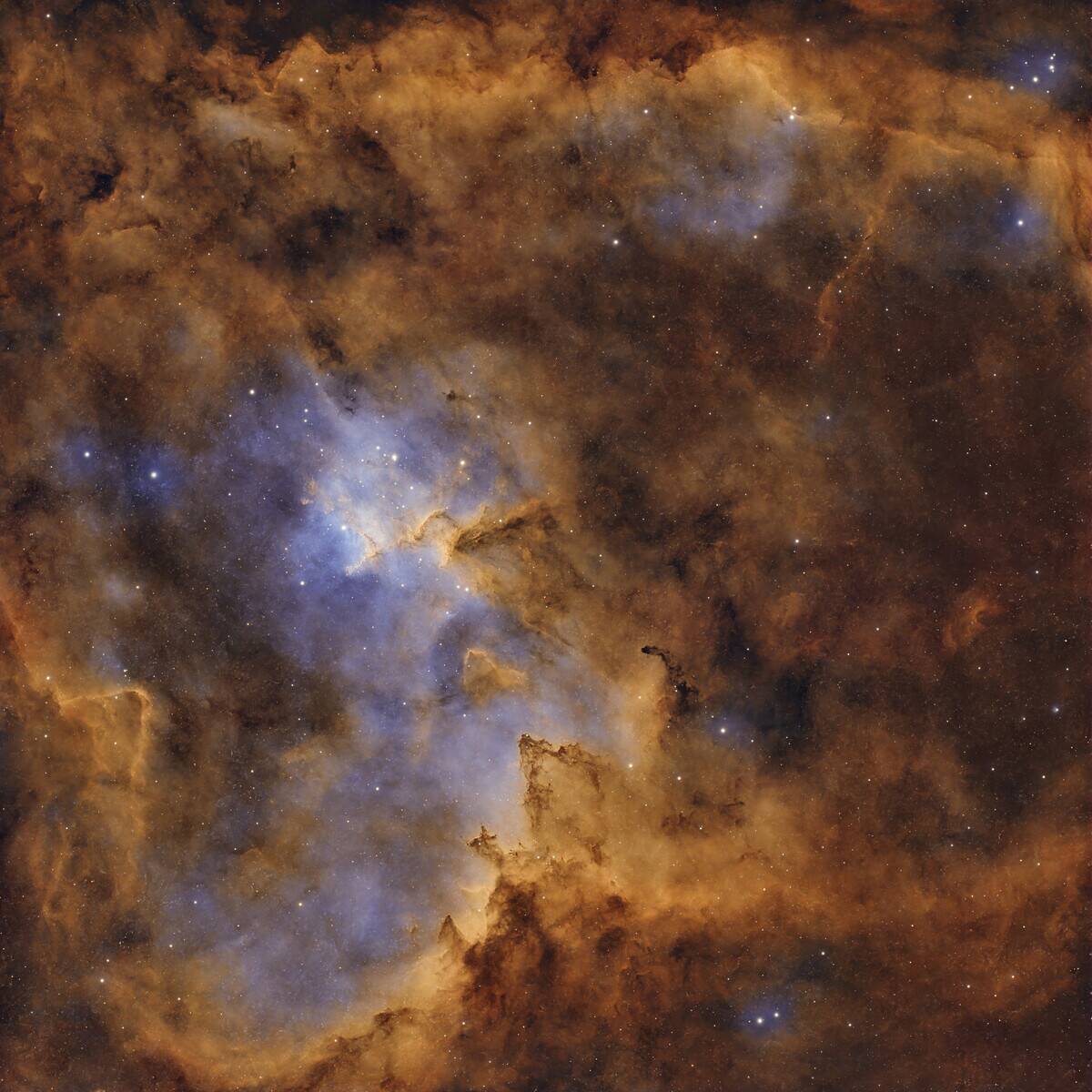
While black holes themselves do not emit sound, they are associated with fascinating acoustic phenomena. In 2003, astronomers detected sound waves from a supermassive black hole in the Perseus galaxy cluster, with ripples in the hot gas surrounding it.
These waves were 57 octaves below middle C, far beyond the range of human hearing. Such discoveries reveal the dynamic and energetic nature of black holes, offering a unique perspective on these silent cosmic giants and their influence on their surroundings.
Black Holes and Quantum Mechanics: The Unsolved Puzzle
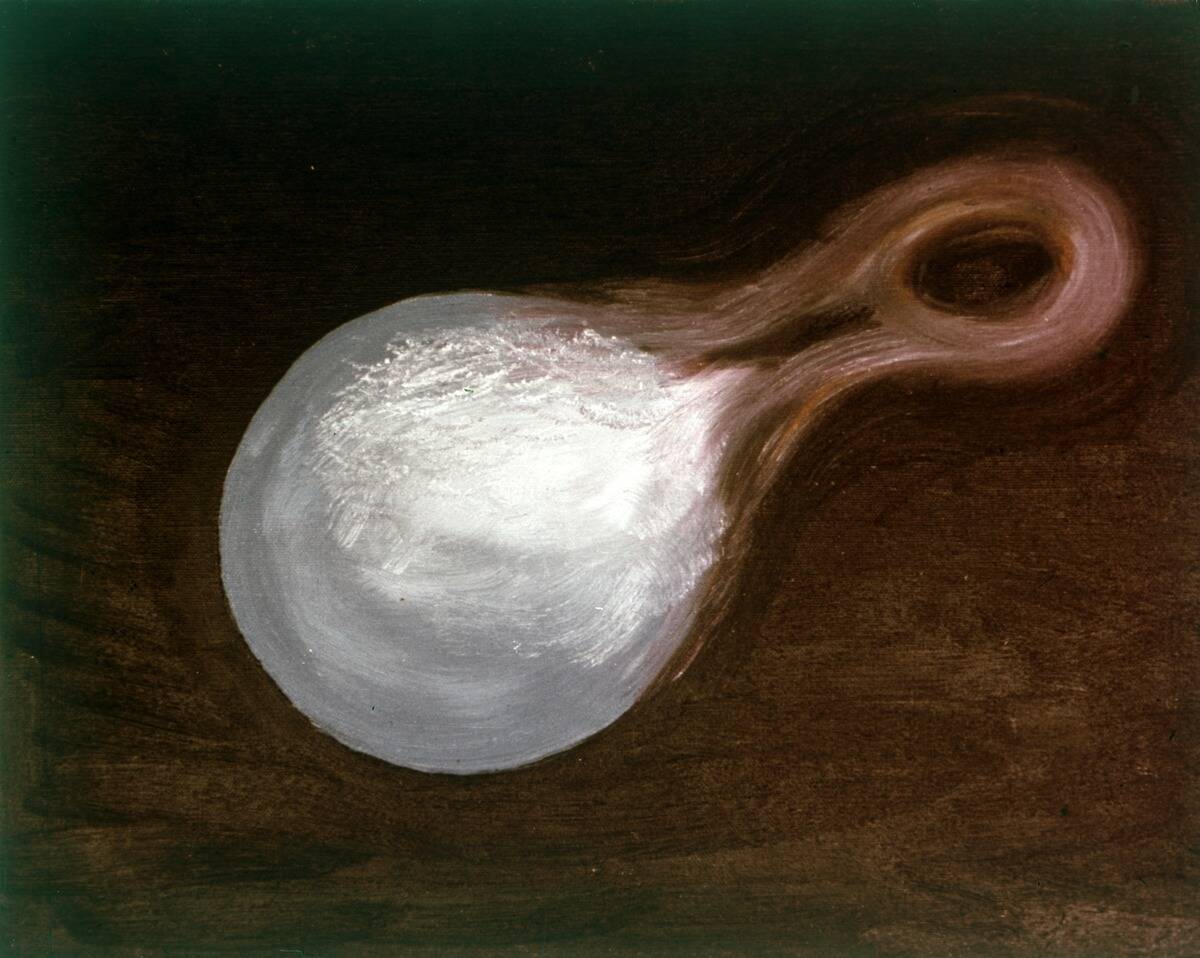
Black holes present a significant challenge to our understanding of quantum mechanics and general relativity. The two pillars of modern physics struggle to coexist within the extreme environment of a black hole. The information paradox, which questions whether information falling into a black hole is lost forever, remains unresolved.
Efforts to reconcile these theories have led to proposals like string theory and quantum gravity, but a complete theory of quantum gravity is still elusive, keeping black holes at the forefront of theoretical research.
How We Discover Black Holes: Peering into the Darkness
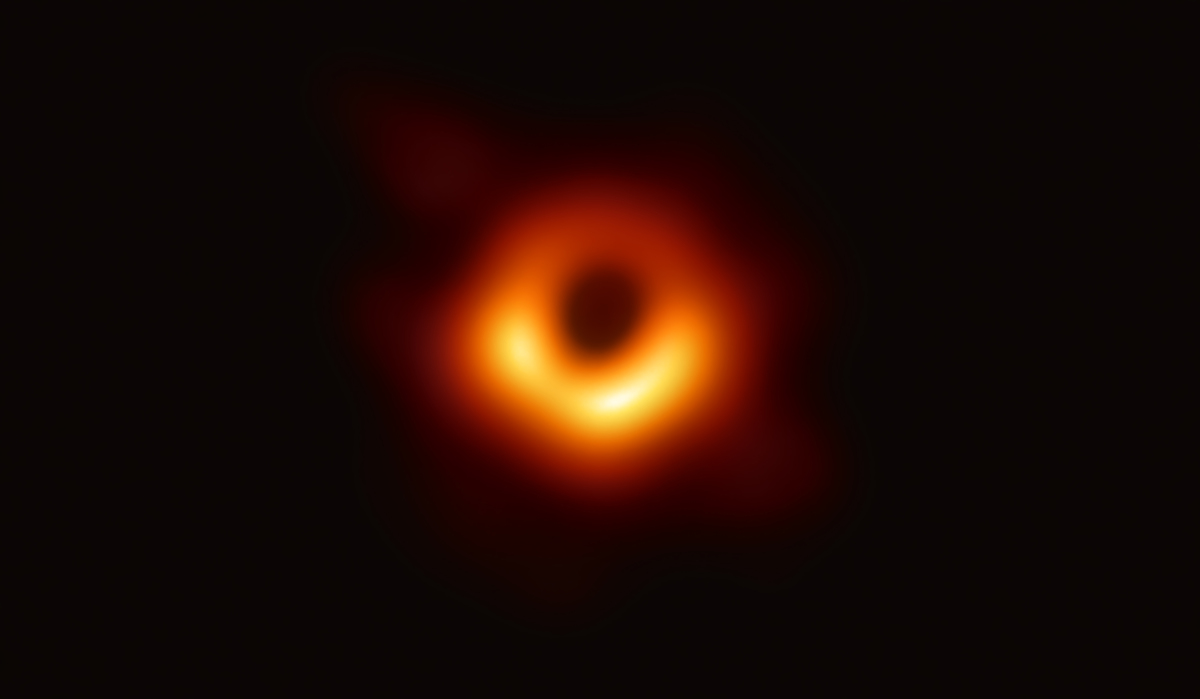
Despite their invisibility, black holes can be detected through their interactions with surrounding matter. Astronomers use telescopes to observe the effects of a black hole’s gravity on nearby stars and gas. X-ray emissions from accretion disks, where matter spirals into the black hole, provide another clue.
In 2019, the Event Horizon Telescope captured the first image of a black hole’s shadow, marking a milestone in black hole research. These techniques allow scientists to study these mysterious objects indirectly.
The Role of Black Holes in the Universe: Cosmic Recycling
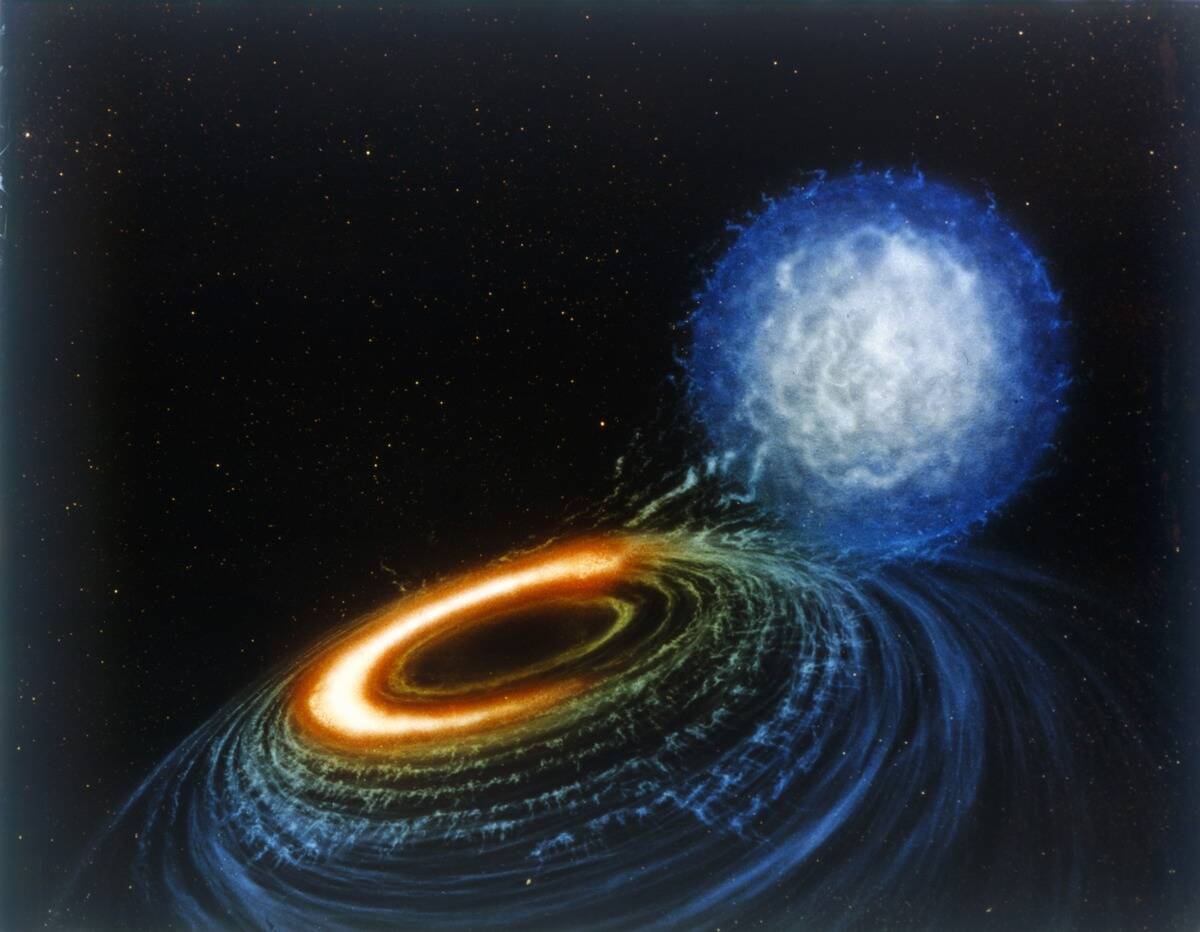
Black holes are not merely cosmic vacuums; they play a vital role in the universe’s lifecycle. By consuming stars and gas, they help regulate the growth of galaxies and star formation. The jets and winds they produce can also distribute elements throughout the cosmos, contributing to the chemical enrichment of the universe.
This recycling process ensures that the universe remains dynamic and ever-changing, with black holes acting as both destroyers and creators, shaping the evolution of cosmic structures over billions of years.
Black Holes as Power Sources: Future Possibilities
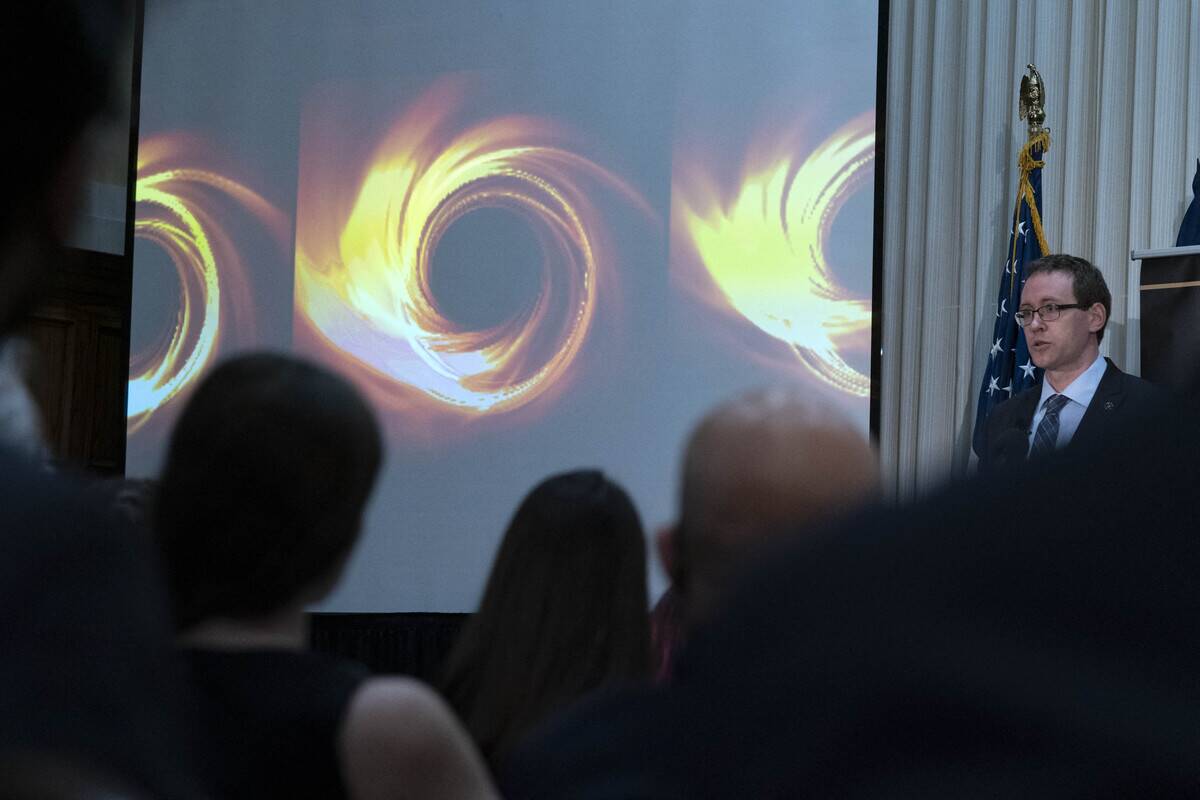
The immense energy of black holes has sparked interest in their potential as power sources. Theoretical concepts like the Penrose process suggest that energy could be extracted from a rotating black hole. This process involves particles gaining energy by interacting with the black hole’s ergosphere, a region outside the event horizon.
While currently beyond our technological capabilities, future advancements in physics and engineering could explore harnessing this energy, offering a tantalizing glimpse into a futuristic, black-hole-powered world.




